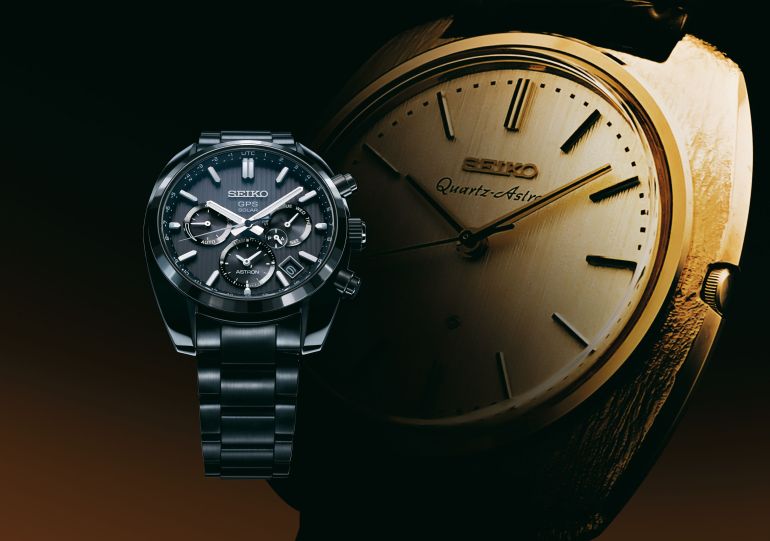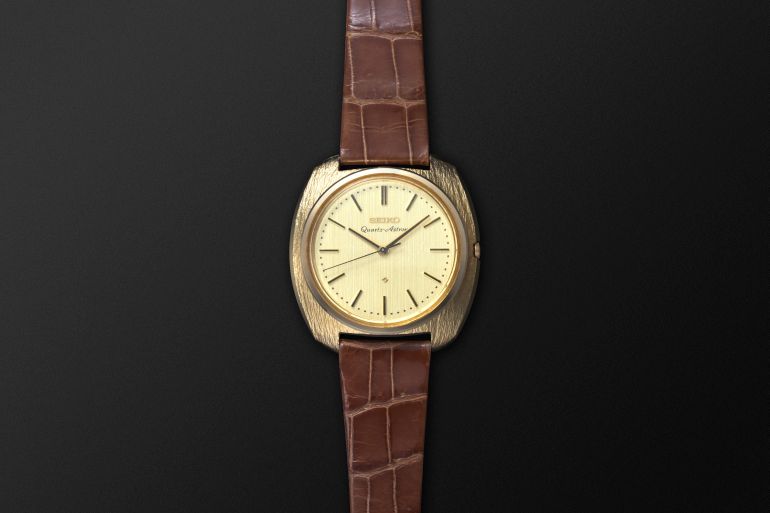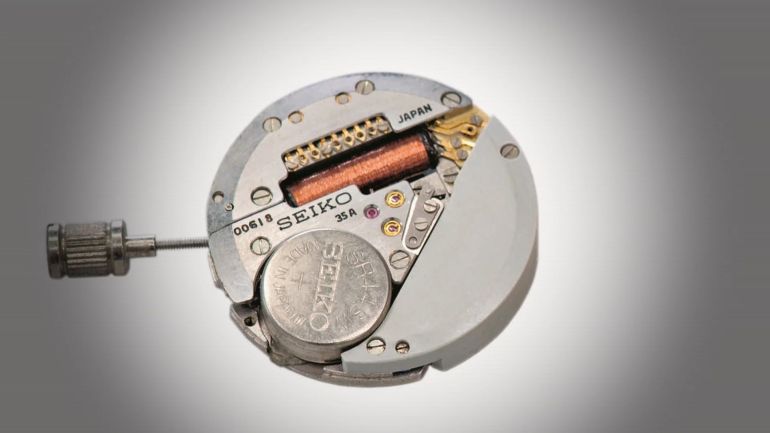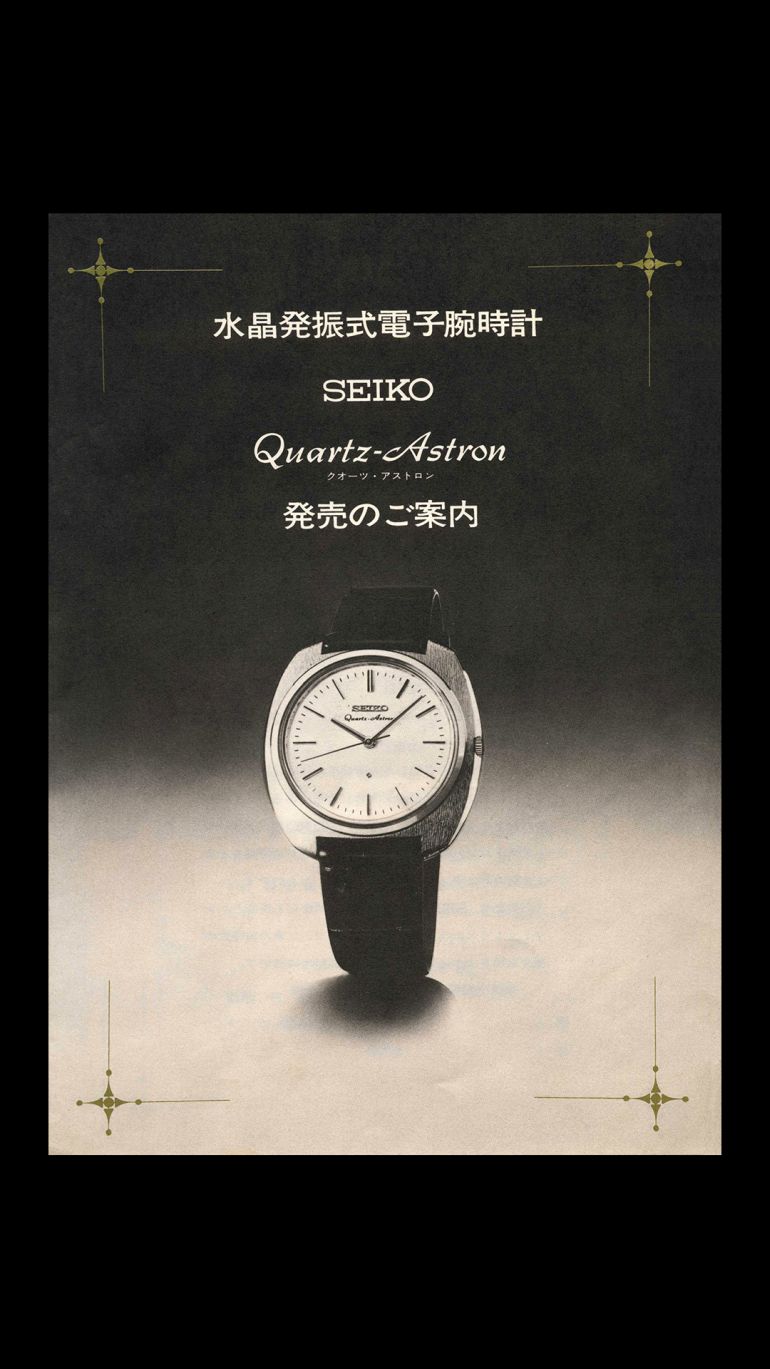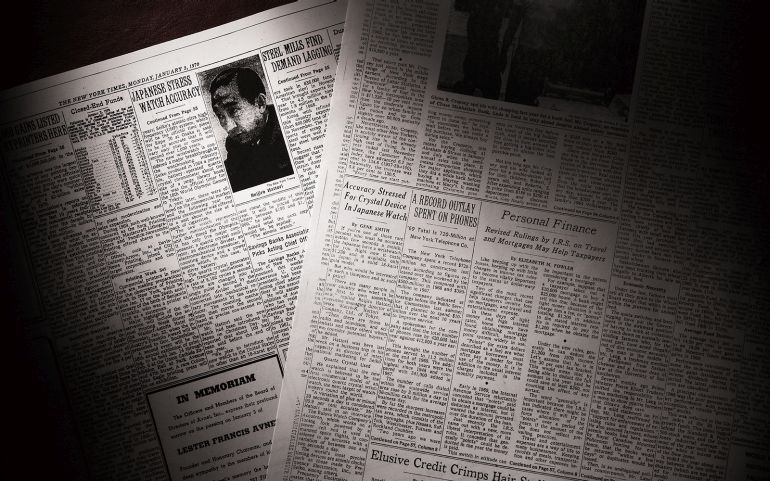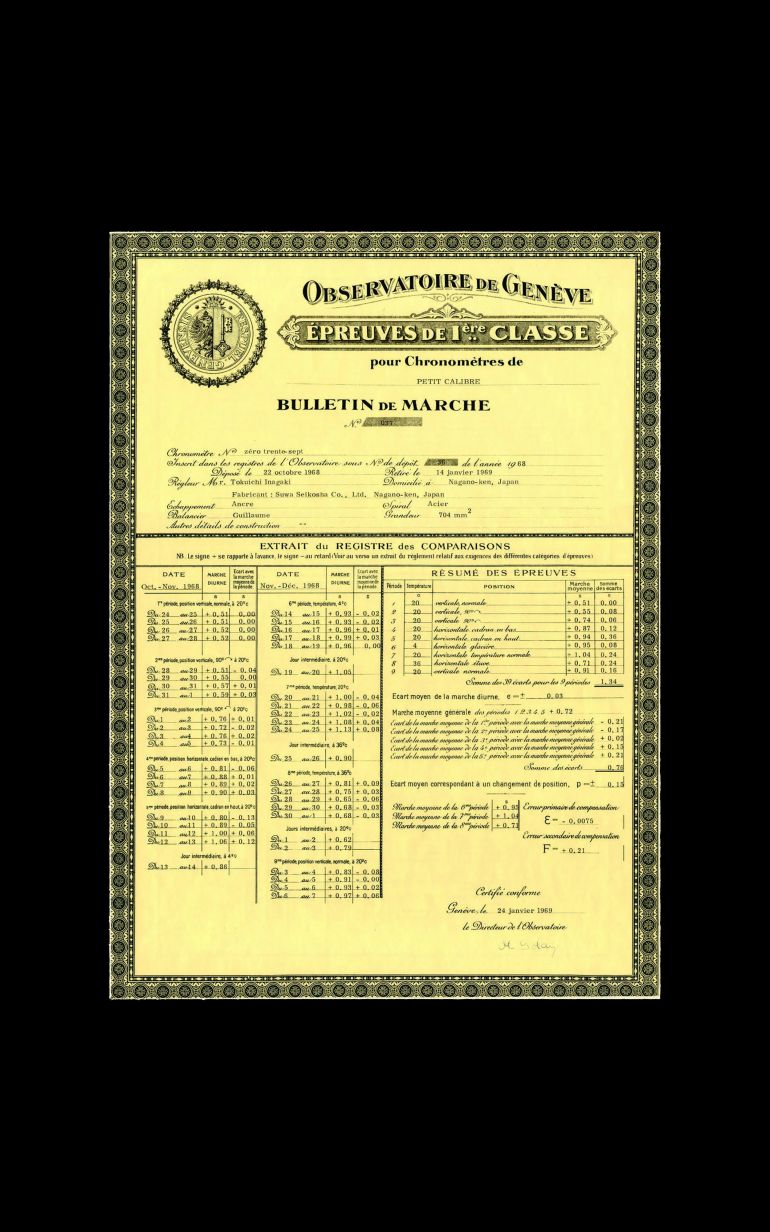The history of the Astron collection by Seiko officially began in 1969, with the launch of the Quartz Astron 35SQ, the world's first quartz wristwatch. However, the race towards maximum precision had started much earlier. Since the late 1950s, in fact, the major Swiss and Japanese brands had identified high-frequency mechanical movements as the way to better performance. At the same time, Seiko engineers had developed 'Project 59A', a prototype battery-operated watch that can be considered the ancestor of all the brand's quartz watches.
In 1963, the Crystal Chronometer, a quartz table clock, was presented, which was perfected and miniaturised until 1966, when the first quartz pocket watch prototypes took second place at the Neuchâtel Observatory Precision Competition, which they won the following year.
In 1968, the then president of Seiko, Shoji Hattori, decided to stop researching other technologies (such as diapson movements) and to concentrate on the development of a quartz wristwatch model. Shortly before the end of 1969, the first examples of the aforementioned Quartz Astron 35SQ were marketed.
It was Hattori himself who decided that the name of the new model should be Astron, in keeping with the spirit of the period when the space race was at its height. On 5 January 1970, Quartz Astron appeared in the New York Times with the headline: "Accuracy accentuated by a crystal device in a Japanese watch".
In 2012, the new generation of the Astron 7X series solar-powered GPS watch was born. Since then, Seiko has continued to make further advances in miniaturisation and improved GPS reception capabilities.
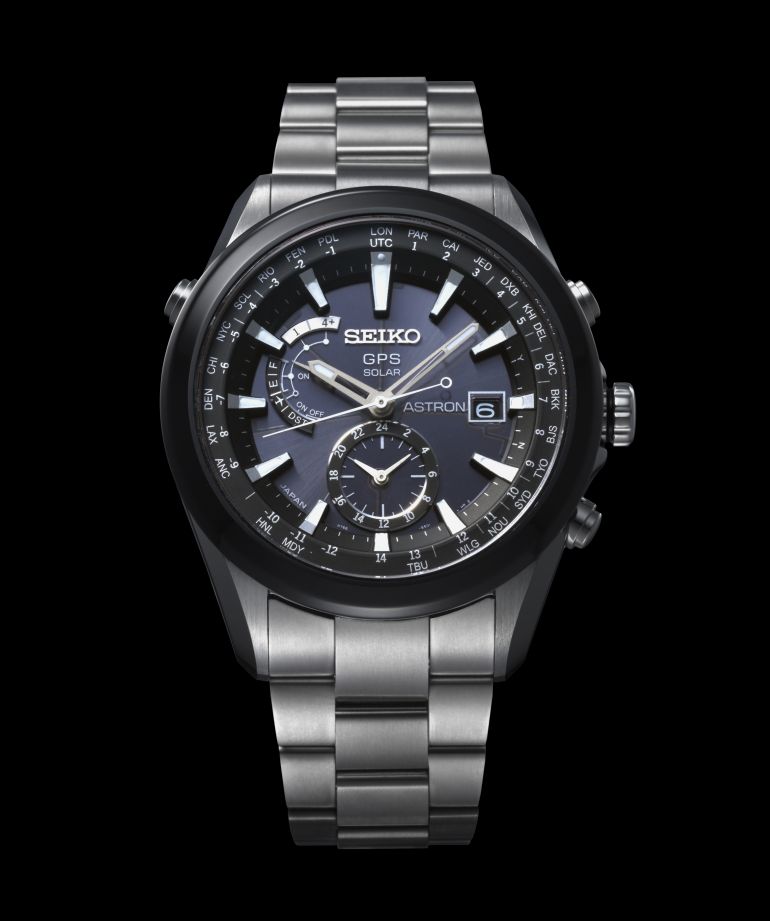
Astron offers the precision of an atomic clock with a deviation of 1 second every 100,000 years and quickly adjusts the time by receiving signals from 4 or more GPS satellites anywhere in the world. The new Astrons, with their state-of-the-art technology, are the worthy heirs of those first revolutionary models and fully correspond to Shoji Hattori's vision.
